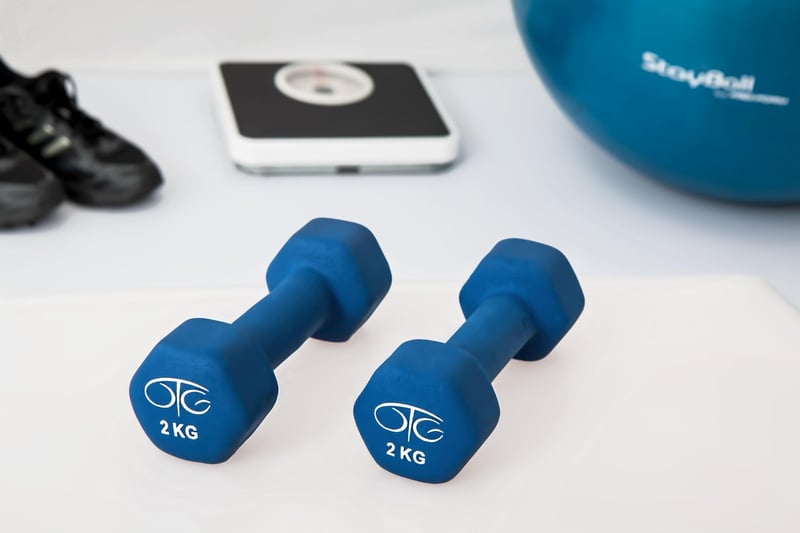Therapeutic Dancing
The Healing Power of Therapeutic Dancing
Dance has been used for centuries as a form of expression, celebration, and communication. Beyond its artistic and social significance, dance also holds therapeutic qualities that can benefit both the mind and body. Therapeutic dancing, in particular, harnesses the power of movement to promote emotional, physical, and mental well-being.
Benefits of Therapeutic Dancing
- Emotional Release: Dancing allows individuals to express their emotions physically, releasing stress, tension, and negative feelings.
- Physical Health: The rhythmic movements of dance can improve cardiovascular health, flexibility, and muscle strength.
- Self-Expression: Through dance, individuals can express themselves creatively and gain a sense of empowerment.
- Stress Reduction: Engaging in dance can reduce cortisol levels, the hormone associated with stress, leading to relaxation and a sense of well-being.
- Connection: Dancing in a group or with a partner fosters social connections and a sense of community.
Types of Therapeutic Dancing
Therapeutic dancing encompasses a variety of styles and approaches tailored to individual needs:
- Ballet Therapy: Combining ballet movements with psychological principles to promote emotional healing.
- Modern Dance Therapy: Emphasizing free-form movement to explore emotions and enhance self-awareness.
- Latin Dance Therapy: Utilizing the energetic rhythms of Latin dances like salsa and samba to boost mood and energy levels.
- Ecstatic Dance: A free-flowing, improvisational form of dance that encourages self-expression and mindfulness.
Getting Started with Therapeutic Dancing
Whether you're a seasoned dancer or a complete beginner, you can benefit from therapeutic dancing. Here are some tips to get started:
- Find a certified dance therapist or instructor specializing in therapeutic dance.
- Choose a style of dance that resonates with you and matches your goals, whether it's stress relief, self-expression, or physical fitness.
- Start with gentle movements and gradually increase the intensity based on your comfort level.
- Practice regularly to experience the full benefits of therapeutic dancing.
Remember, therapeutic dancing is not about perfecting choreography or performance but about connecting with yourself and others through movement.

Embrace the healing power of dance and discover the transformative effects of therapeutic dancing on your overall well-being.
References: Psychology Today - Dance Movement Therapy
